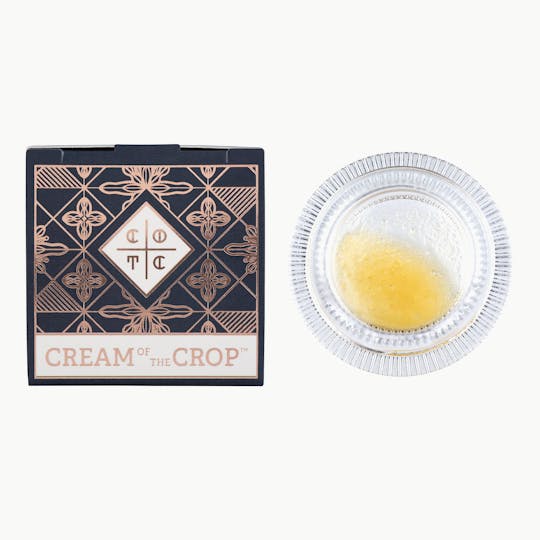
Durban Poison | Live Resin Sugar | 1g
They say, "Pick your poison!" but we say, make it Durban Poison. This zesty sativa delivers a burst of pine, spice, and earthy aromas that awaken your senses like a walk through a forest after the rain. Its energizing vibe pairs perfectly with creative sparks, daytime adventures, or deep convos with friends. One inhale and you're vibing with nature’s wild side! Bold, fresh, and full of clarity.
100% Satisfaction Guarantee.
- Earthy
- Woody
- Spicy/Herbal
At Cream of the Crop, we take pride in delivering some of the highest quality connoisseur flowers in California.
Our team is passionate about marijuana and cares deeply about offering exceptional cannabis.
Our shared mission is to produce the best expression of each cultivar, meaning we make sure each strain comes with fragrant terpenes, unmatched flavor, and a smooth, clean finish.
Always 100% satisfaction guarantee.
Durban Poison has deep roots in the Sativa landrace gene pool. The strain’s historic phenotypes were first noticed in the late 1970s by one of America’s first International strain hunters, Ed Rosenthal. According to cultivation legend, Rosenthal was in South Africa in search of new genetics and ran across a fast flowering strain in the port city of Durban. After arriving home in the U.S., Rosenthal conducted his own selective breeding process on his recently imported seeds, then begin sharing. Rosenthal gave Mel Frank some of his new South African seeds, and the rest was cannabis history.
Frank, who wrote the “Marijuana Grower’s Guide Deluxe" in 1978, modified the gene pool to increase resin content and decrease the flowering time. In search of a short-season varietal that could hit full maturation on the U.S. East Coast, Frank’s crossbreeding efforts resulted in two distinct phenotypes, the “A” line and “B” line. The plant from Frank’s “A” line became today’s Durban Poison, while the “B” line was handed off to Amsterdam breeder David Watson, also known as “Sam the Skunkman.”
Durban Poison has a dense, compact bud structure that’s typical of landrace Indica varieties, but the flowers’ elongated and conical shape is more characteristic of a Sativa.